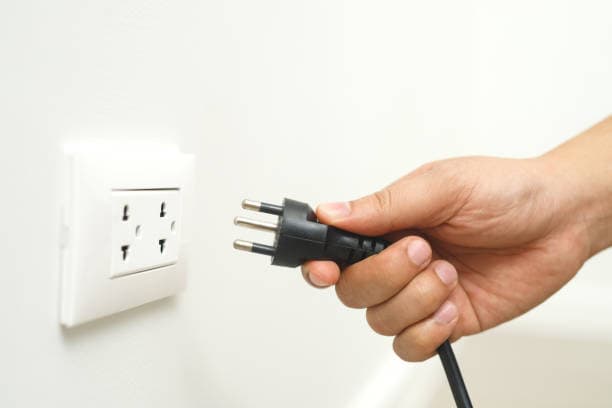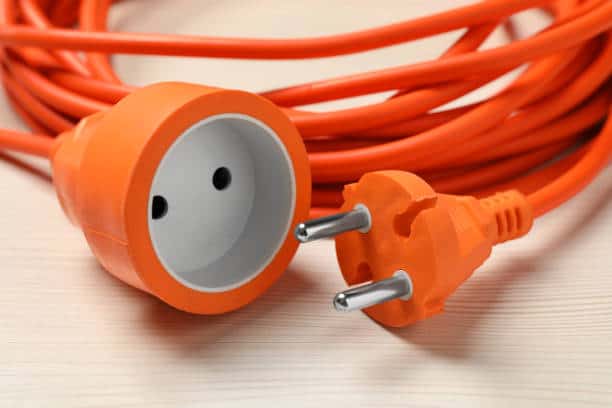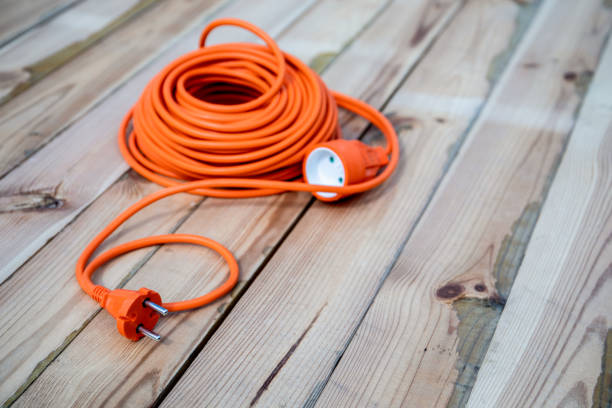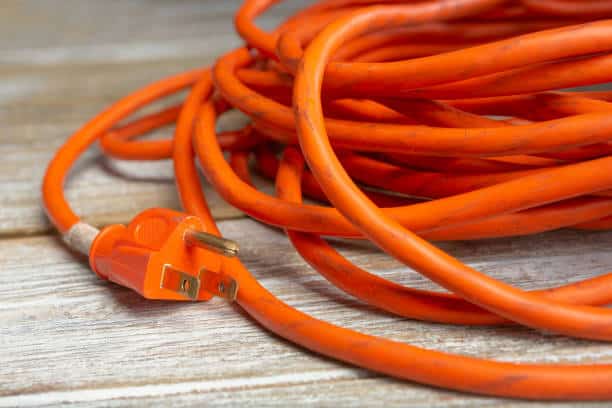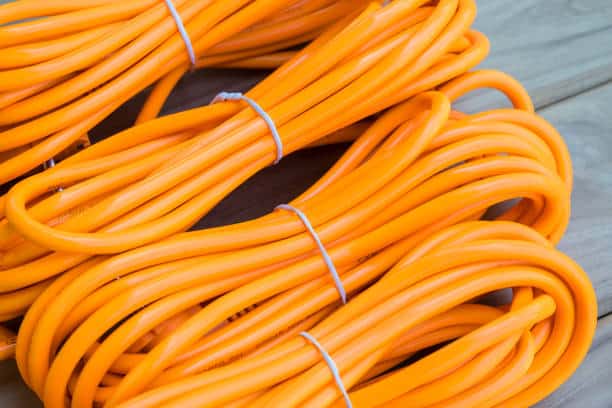What is an extension cable used for?

Extension cables are indispensable tools in modern households and workplaces. When devices are out of reach from power outlets, these cables come to the rescue.
Snippet paragraph: Extension cables are used to extend the reach of power sources, enabling devices to function even when outlets are far away.
Have you ever faced the frustration of an appliance not reaching the nearest socket? Let me share how extension cables solve such challenges.
What is the purpose of the extension cord?
Extension cords primarily allow devices to operate at a distance from fixed power sources.
Snippet paragraph: The primary purpose of an extension cord is to extend the range of a power outlet, allowing devices and appliances to connect and operate farther from their power source.
The purpose goes beyond mere extension. It bridges the gap between convenience and functionality.
Dive deeper into the purpose of extension cords
Extension cords cater to both household and professional needs. Here are some practical uses:
1. Household convenience
From vacuuming different rooms to powering outdoor lights for parties, extension cords make everyday life easier. Without them, many devices would be impractical to use.
2. Professional applications
In construction or repair work, workers often need tools far from power sources. Heavy-duty extension cords ensure uninterrupted workflow.
| Type of Extension Cord | Typical Use |
|---|---|
| Light-duty cords | Indoor appliances like lamps or fans |
| Medium-duty cords | Power tools, outdoor lights |
| Heavy-duty cords | Construction tools, large equipment |
3. Safety in specific cases
When used correctly, extension cords reduce tripping hazards by eliminating the need for multiple exposed cables. Proper cord length also minimizes wear and tear on device cables.
What is an extender cable used for?
Extender cables serve as versatile connectors for power and other utilities.
Snippet paragraph: An extender cable is used to connect devices to power or signals over greater distances, offering enhanced flexibility in setup and functionality.
Let’s explore where and how extender cables are commonly utilized.
Dive deeper into extender cable applications
Extender cables come in various types beyond power cords. Here are some notable examples:
1. Audio and video cables
In entertainment setups, extender cables are invaluable for connecting TVs, speakers, and gaming consoles that are spread across a room. High-quality HDMI extender cables maintain signal clarity over long distances.
2. Data and network cables
In offices or large homes, Ethernet extenders help ensure stable internet connectivity. They eliminate the need to reposition routers or workstations.
3. Power distribution
For events like concerts or exhibitions, extender cables distribute power to multiple locations, ensuring all equipment functions seamlessly.
What is the difference between a power cord and an extension cord?
Understanding the distinction between a power cord and an extension cord helps in choosing the right tool.
Snippet paragraph: A power cord connects a device to a power outlet, while an extension cord extends the reach of a power source to accommodate devices farther away.
While they may seem interchangeable, their functionalities are distinct.
Dive deeper into their differences
1. Design and structure
- Power cords: Built-in cables that come with appliances. They are designed for specific power requirements.
- Extension cords: Standalone cables, available in different lengths and thicknesses. They connect power cords to distant outlets.
2. Flexibility
Extension cords provide versatility, allowing multiple devices to connect through splitters or multi-outlet extensions. Power cords, however, are fixed in design.
| Feature | Power Cord | Extension Cord |
|---|---|---|
| Length | Fixed | Customizable |
| Purpose | Direct device connection | Extends power outlet range |
| Common usage | Specific to a device | Multiple devices or long reach |
3. Safety considerations
Power cords are typically safer due to their fixed nature and specific design. Extension cords require proper handling to prevent overheating or electrical hazards.
When can you use an extension cord?
Knowing when to use an extension cord ensures both safety and efficiency.
Snippet paragraph: Use extension cords when power outlets are inaccessible or when connecting multiple devices in a temporary setup.
But timing and application matter.
Dive deeper into safe extension cord usage
1. Temporary solutions
Extension cords are ideal for short-term use, such as powering tools during repairs or lighting decorations during holidays.
2. Outdoor applications
Weather-resistant cords are perfect for garden tools or outdoor events. Always ensure cords are rated for outdoor use.
3. Emergency scenarios
Extension cords can power essential devices during outages, provided they are connected to a reliable generator.
Best practices for safe use
To avoid accidents, follow these tips:
- Match cord rating to device needs: Overloading can cause overheating.
- Avoid daisy-chaining cords: This reduces efficiency and increases risk.
- Inspect for damage: Replace frayed or worn cords immediately.
| Do's | Don'ts |
|---|---|
| Use cords with the correct rating | Exceed the cord's capacity |
| Store cords in dry conditions | Place cords under rugs or heavy furniture |
| Unplug cords when not in use | Leave cords plugged in for extended periods |
Conclusion
Extension cables are essential for overcoming distance limitations in powering devices. Whether for home, work, or special events, understanding their purpose, types, and safe use ensures maximum functionality and safety.

